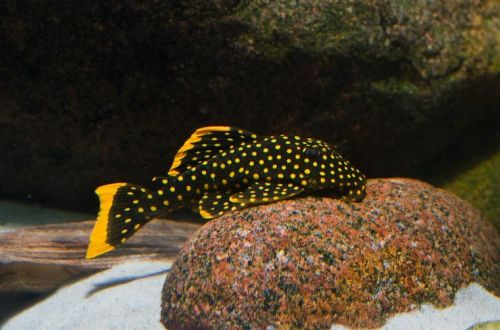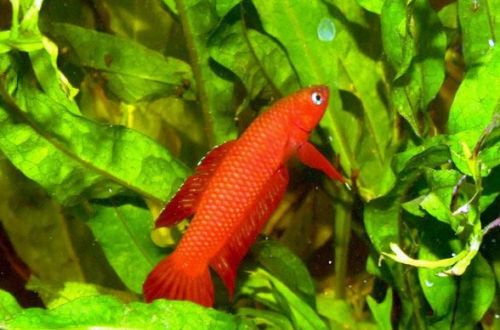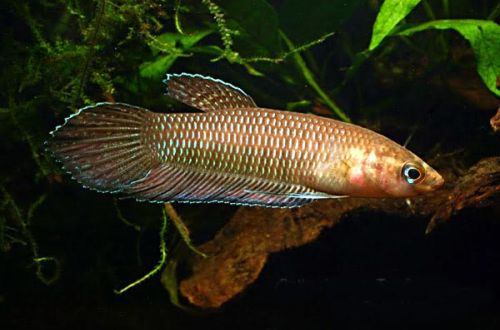
Corridoras semiaquilus
Corydoras semiacuilus or Black Peruvian Cory, scientific name Corydoras semiaquilus, belongs to the family Callichthyidae (Shell catfish). The catfish is native to South America from the upper Amazon basin. The territorially natural habitat extends to Peru and the western states of Brazil. Inhabits small tributaries and streams with sandbanks, as well as areas of flooded tropical forests.

Description
Adult individuals reach a length of about 6 cm. The fish has a typical body shape for Corydoras, but unlike most representatives of the genus, its muzzle is more elongated. As the name implies, the Black Peruvian Cory is dominated by dark colors (on the back), while the belly is a contrasting light color.
Behavior and Compatibility
Calm, peaceful fish, gets along well with other non-aggressive species of comparable size and temperament. Prefers to be in the company of relatives.
It is noted that males of some species of Corydoras, which are characterized by slightly elongated muzzles, in some cases are not very friendly towards each other. Hostility increases in small groups, so it is recommended to purchase in flocks of 5-6 individuals. In addition to Corydoras semiaquilus, similar behavior can be observed in related species such as Catfish Cory Acutus, Corydoras flea and Corydoras Traitley.
Brief information:
- The volume of the aquarium – from 70 liters.
- Temperature – 22-26°C
- Value pH — 6.0–8.0
- Water hardness – soft to hard (2-25 dGH)
- Substrate type – any soft
- Lighting – moderate or bright
- Brackish water – no
- Water movement – light or moderate
- The size of the fish is about 6 cm.
- Food – any sinking food
- Temperament – peaceful
- Keeping in a group of 5-6 fish
Maintenance and care, arrangement of the aquarium
The optimal size of the aquarium for a group of 5-6 individuals starts from 70 liters. Black Peruvian Cory is unassuming in its choice of design, however, when decorating, it is recommended to at least partially recreate the natural habitat.
A good choice would be to use sandy soil in which catfish can dig, place natural snags on the bottom, leaves of some trees, and also form areas with dense vegetation. The lighting is subdued. Alternatively, floating plants can be used for shading.





